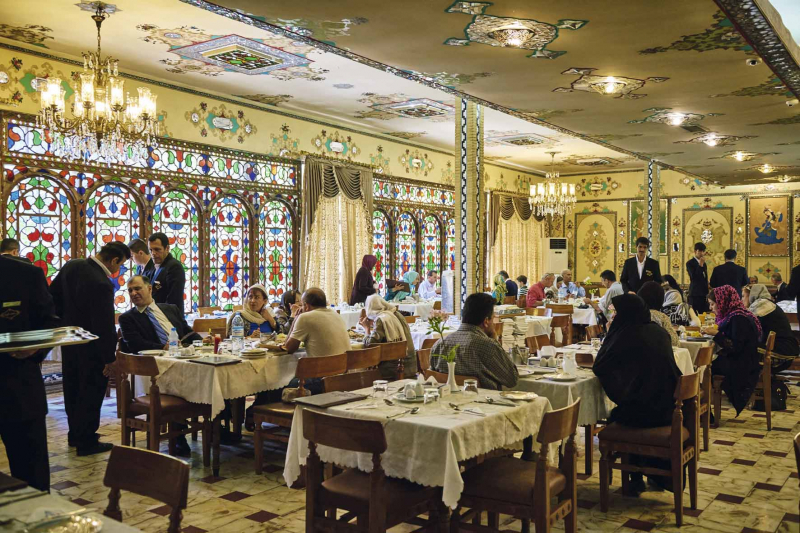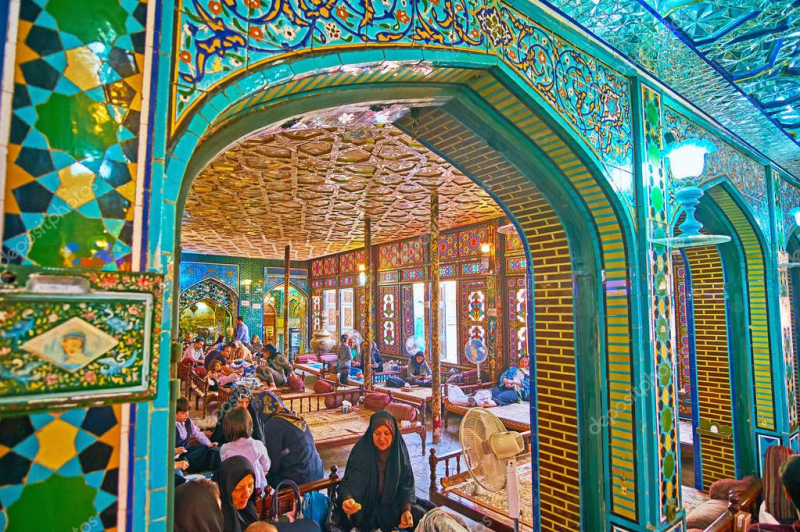Dining Etiquette
Check to see if the host is wearing shoes if you are invited to an Iranian's home. If not, take it off at the entrance. Dress sartorially. Do your best to appear at the appointed hour. Being on time is appreciated. Salute the seniors first to show them respect. Verify that the invitation includes your spouse. Mixed-sex organizations are not welcomed by conservative Iranians.
Be prepared to be led inside the visitors' room. European furniture is typically extensively used to furnish it. Shake hands with each person separately. Take up any offers of food or beverages. Always perform "taarof." Iranians are rather formal at meals. Even while some meals are eaten in the home without utensils and on the floor, this does not signify a lack of etiquette.
Meals are typically served at a dining table with place settings in more contemporary homes. Await instructions on where to sit. Use only your right hand to eat. Try a little bit of everything being offered. Typically, meals are presented to the entire family. The majority of tables are just furnished with a spoon and fork. There is frequently more food than there is room for. Providing abundance to visitors is a component of Iranian hospitality.
Expect to receive more servings, possibly even a third. Initial denials will be interpreted (taarof again!) as kind gestures and will not be taken seriously. After finishing your meal, leave some food on your plate. There are typically two sections in restaurants: "family," where women and families can eat, and "men only." In hotel restaurants, gratuities of between 10 and 15 percent are customary.










